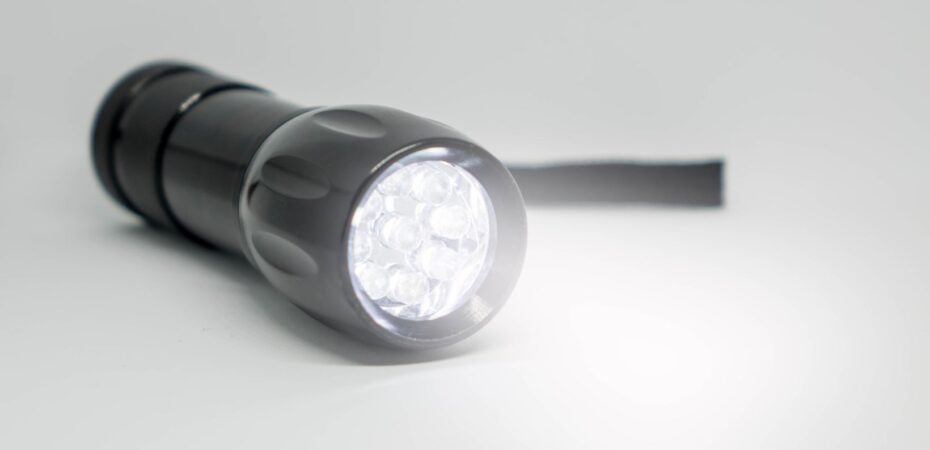Beam distance is an important factor to consider when choosing a flashlight. It refers to the maximum distance that a flashlight’s beam can reach. Understanding the beam distance of a flashlight is important because it helps you determine how far you can see with the flashlight and whether or not it’s suitable for your intended use. The beam distance of a flashlight is typically measured in meters or feet. It is determined by the intensity of the light output and the reflector’s design, which helps to focus the light beam.
Generally, the higher the light output and the more efficient the reflector, the greater the beam distance. Flashlights with a longer beam distance are ideal for outdoor activities such as camping, hiking, and hunting, where visibility over a long distance is critical. They can also be useful in emergency situations where you need to signal for help or navigate through unfamiliar terrain.

When looking at a flashlight’s beam distance, it’s important to keep in mind that it can vary depending on the environment. For example, a flashlight with a beam distance of 500 meters may not be able to reach that distance in foggy or rainy conditions. The distance of the beam can also be affected by other factors, such as the battery life, the condition of the flashlight, and the brightness level. The brightness level of a flashlight is another important factor to consider when looking at beam distance. A brighter flashlight like the Baton 3 Pro Max will have a longer beam distance, but it may also have a shorter battery life. On the other hand, a flashlight with a lower brightness level may have a longer battery life, but it may not be able to reach as far.
Different types of flashlights also have different beam distances. For example, a tactical flashlight is designed for close-range combat situations and may have a shorter beam distance than a search and rescue flashlight, which is designed to cover longer distances. When choosing a flashlight, it’s important to consider your intended use and the environment in which you’ll be using it. If you’re planning to use the flashlight for camping or hiking, you’ll want to choose one with a longer beam distance. If you’re using it for emergency situations, you may want to choose one with a lower brightness level and longer battery life.

It’s also important to consider the type of batteries the flashlight uses. Rechargeable batteries can save you money in the long run and are more environmentally friendly, but they may have a shorter battery life than disposable batteries. However, disposable batteries can be more expensive over time and have a negative impact on the environment. In addition to beam distance, there are other factors to consider when choosing a flashlight, such as durability, water resistance, and ease of use. Look for flashlights with a sturdy design, water-resistant casing, and easy-to-use features such as a zoom function or adjustable brightness levels.
In conclusion, beam distance is an important factor to consider when choosing a flashlight. It determines how far you can see with the flashlight and whether or not it’s suitable for your intended use. By taking these factors into account, you’ll be able to choose a flashlight such as the Baton 3 Pro Max that meets your needs and helps you navigate through any situation.


 By
By 



